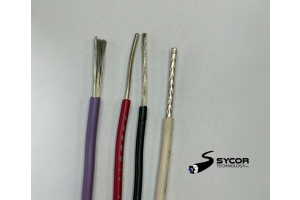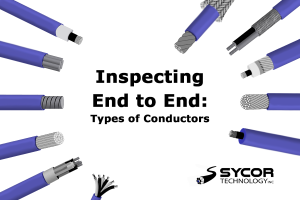Multi-Conductor & Multi-Pair
-
Gone are the days when the only means to juice up our beloved smartphones and other devices included de-tangling a rat’s nest of charging cables. With the continual advancement of our handheld technologies, our ability to easily charge them has also been evolving, with some of the most current options offering users a wireless and near hassle-free experience. But how did we get here, and what does the future hold?
-
The NEC (National Electric Code) tray cable definition:
“A factory assembly of two or more insulated conductors, with or without associated bare or covered grounding conductors under a nonmetallic sheath, for installation in cable trays, in raceways, or where supported by a messenger wire.”
-
In a previous blog, we broke down what a Hook-up wire is and described the difference between a single conductor lead wire and a cable with multiple conductors. A lead wire is known as a hook-up wire that serves a wide range of applications, as a single conducting cable. Multi-conductors on the other hand, are the complete opposite having anywhere from 2 to 50 colour-coated insulated conductors.
-
Shielding is the most efficient way to stop any kind of physical damage against electrical wires. It’s possible to have a 15-ton truck park on it overnight (wouldn’t that be nice). Although shielding sounds like it may protect from physical abuse, it is quite the opposite.





